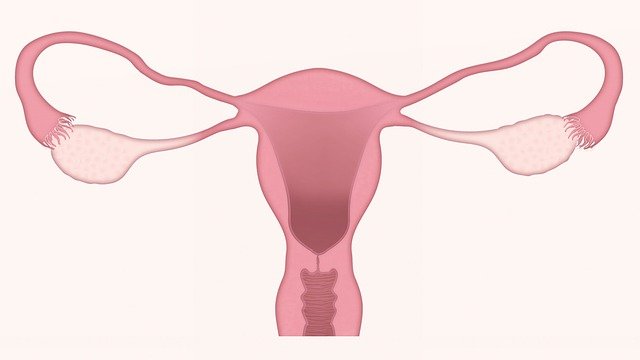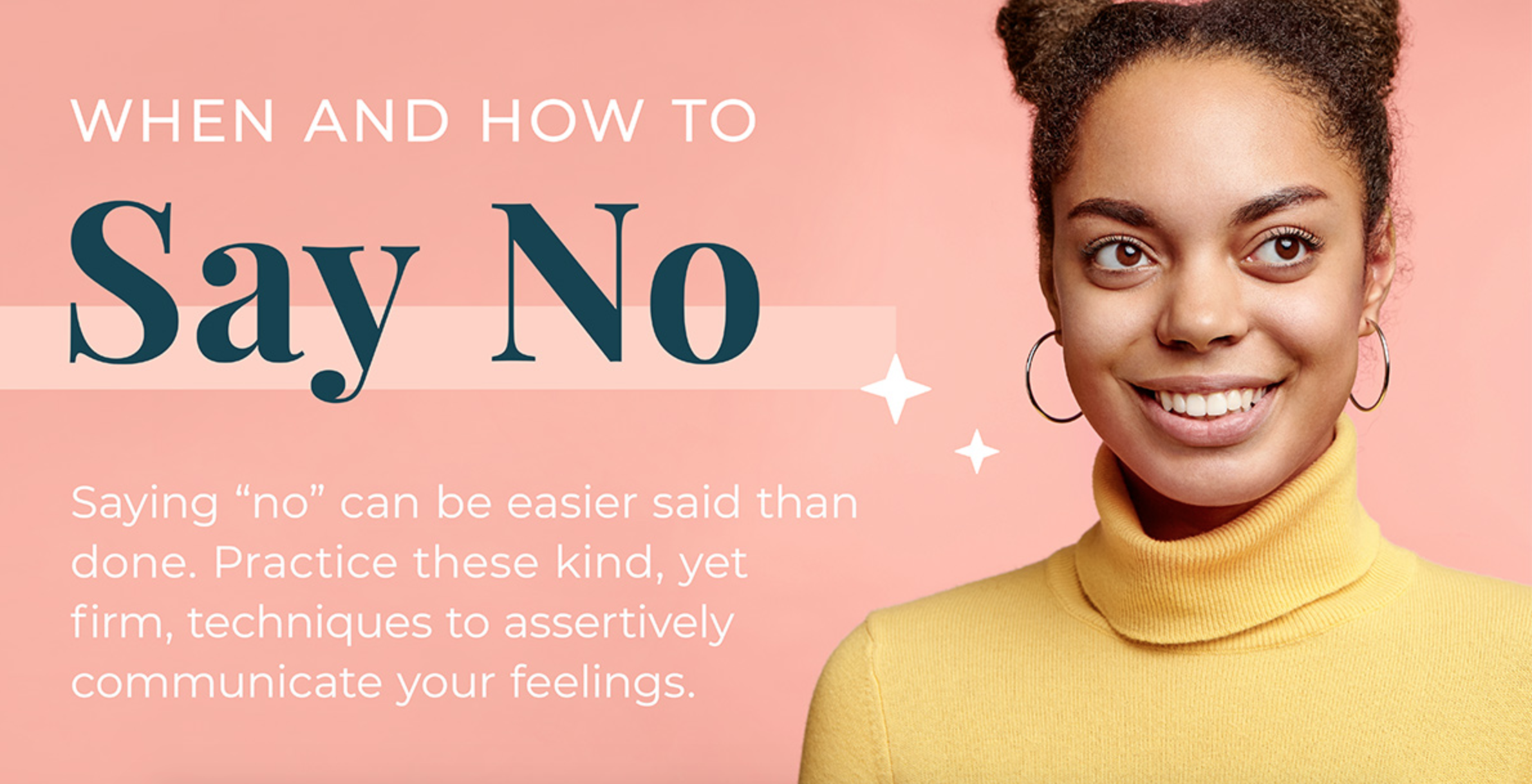| Reproductive Justice is one of the hot topics of 2022, with this as the biggest question: How could rejection of reproductive rights by the Supreme Court hurt women – particularly Black women and other marginalized groups? How Overturning Roe v. Wade May Impact U.S. Citizens The U.S. Supreme Court is set to announce its decision this summer on Dobbs v. Jackson, a case based on an extreme new law in Mississippi that directly challenges Roe v. Wade. A leaked draft of the Supreme Court’s decision indicates the court is poised to overturn the 50-year precedent of Roe v. Wade and strip women of their constitutional right to make reproductive health care decisions for themselves – including abortion. Currently abortion is still legal but if the Supreme Court overturns Roe v. Wade, it will end the constitutional right to abortion and allow states nationwide to ban abortion. If it happens, it will be the most consequential case on abortion in generations. Overview There is no path for the Supreme Court to uphold Mississippi’s ban without overturning Roe. Mississippi directly asked the Court to overturn the landmark abortion rights case. 8 in 10 Americans oppose overturning Roe v. Wade. Why? Many Americans believe a woman can never be equal to a man if she is denied the basic right to make decisions for herself or her family. In America, a solid human rights foundation is critical to sustaining our democracy. The basic human rights of women in America are threatened if the Supreme Court ultimately overturns Roe v. Wade. In the land of the free and home of the brave, the right to control and make decisions about our own bodies is fundamental to our freedom and rights as citizens in our democracy. This is the very essence of our freedom as Americans. Each of us has our own unique circumstances. Women should have the right to make both personal and private decisions they feel are best for them. It’s no secret that women, including Black women, have fought and died for the freedom to control our bodies – Slavery. Segregation. And even the Supreme Court. As a woman, I have experienced times when my body has been treated as property and moments where I was lowered to second class citizenship in both personal and professional environments. Women should be trusted with their freedom I respect birthing people and a woman’s right to abortion, even when I pray to have a child of my own. Single and married women should have the freedom to exercise their right to abortion. The Dobbs v. Jackson case is part of a coordinated series of attacks on abortion access and women’s reproductive rights by anti-choice groups. Over 500 new restrictions on abortion access have been introduced in state legislatures across the country in 2022 and considered extreme new laws to a variety of Americans, including criminalization of women and doctors, outlawing of abortion by state, the shutdown of clinics, and restricting access based on income level or defining the medical procedures available to those in need. If the Supreme Court overturns Roe v. Wade, 28 states are expected to move quickly to ban abortion. 13 states have “trigger bans” already in place, which would ban abortion automatically. 56% of Black people in America live in the south and many of the new laws rolling back abortion rights disproportionately impact Black women. Just the Facts The United States has the second-highest maternal death rate among developed countries, and Black women are 3 to 4 times more likely to experience a pregnancy-related death than white women. Forcing women to carry unwanted pregnancies can have deadly consequences, particularly for Black women. There is an unmistakable overlap in the states where these new laws are being introduced and passed. Black women are facing the reality of having their reproductive rights stolen at a time when their right to vote, equal opportunities in education and employment, and equal pay to white counterparts are being chipped away and undermined at the local, state, and federal levels. Access to the full spectrum of reproductive and sexual health care, including abortion is critical to the black community and overall birthing people. Not only should these groups be able to decide whether or not to continue a pregnancy, but they should also have access to the care and resources required for health, wellness, and safety. All birthing people, regardless of income or location, should be able to access the pregnancy care they choose, free from coercion or shame in their community. What can you do to help? Leverage collective power to organize, mobilize ,and vote in upcoming Federal, State, and Local elections. The majority (80%) of Black people believe abortion should remain legal and women should be able to get safe abortions. In a recent national poll of Black women voters, 85% of Black women say that making sure women do not lose the freedom to make their own reproductive health care decisions is a top concern. 64% of Black women who self-identify as religious (attend religious service at least once a week, believe that abortion should be legal in all or most cases. Three-quarters (76%) of Black people agree that health insurance should cover abortion care. 91% of Black people say that a woman’s ability to control whether or when she has children is an important part of financial stability for herself and her family. 74% of Black voters believe abortion is an important voting issue. 79% of Black voters oppose their state passing new laws that severely restrict abortion. Almost 7 in 10 Black voters (69%) would not vote for a candidate that would overturn Roe. Here is How Overturning Roe V. Wade could impact the midterms. |
How to Empower Yourself and Learn to Say No
Everyday, we receive requests for our time, energy or support. Between friends, family, coworkers and romantic partners, these requests can sometimes be overwhelming.
It’s easy to focus more on fulfilling these requests than caring for ourselves, whether because we want to make our loved ones happy or because we fear saying no will make us appear unreliable or rude.
But the reality is, saying yes to every request we receive can be harmful to our physical and emotional health.
Overexerting ourselves can lead to exhaustion, burnout, stress and anxiety. It’s important to learn how to say no so we can learn how to prioritize ourselves and our needs before catering to those of others.
The first step to learning to say no is realizing that everyone needs to decline offers, invitations and requests sometimes. Doing so doesn’t make you look rude, incompetent or disagreeable — it just makes you look human.
Here are some tips for how to say no and how to say it right:

INOFGRAPHIC: ‘Where are all the women leaders?’ | Just the facts
In the last century, women have made big strides for women’s rights but we are still struggling to be equally represented in leadership roles. World leadership only includes 20 women, with only 12% of the world’s board seats occupied by women. This inforgraphic below from Philip Boschman, the marketing manager at Trainwest, examines the current status of female leadership around the world. It also displays some of the reasons why women still face a glass ceiling across many sectors and explains why it is important we continue the journey to not just shatter, but break the glass ceiling for good.

About Trainwest
Trainwest is a provider of high quality training courses in Perth, Australia. The company offers a first-class experience that is based on up-to-date practices and skills used in the workplace and across industry. It prides itself on the quality of service it provides, aiming is to continuously improve on the level of service we offer in all areas.
Historical Review of the Wage Gap Between Men and Women
By Sam Mauzy
Before World War II, the number of women working outside the home held mostly industrial jobs that were light in nature. This continued when the war first started. Women were assigned jobs in sewing and detailed assembly, where women’s nimble fingers could do the job better. The Manpower commission for War labor even suggested that employers train women, using programs that compared war industry jobs to tasks in the home. As more and more men, left to fight in the war women were famously needed as riveters in the aircraft, ordnance and shipbuilding industries. In these traditionally male work positions, women’s competence was dramatically demonstrated.
If there was a lower rate of pay for women in industrial jobs during the war, there was not much complaint about it. Everyone pitched in and did their part to help win the war. The problem is the lower pay rates started during the war carried over after the war was finished. The government had instructed industry to pay women at the same rates for jobs that had been done by men, if the same production quota level was met. In general, industry never complied with these instructions. Furthermore, as men returned from the war, most women were sent back home to be homemakers.
From the end of the war until the mid 1960’s ads in newspapers for job-listings had positions for men and women separated. This was the case even if the type of job was the same. The difference was the pay scale, with women significantly lower. That is why it is said the from 1950 until 1960 separate meant not equal, with women’s pay only 64 percent of a man’s pay for the same job or position.
On 10 June, 1963 the Equal Pay Act became law, to be effective one year later, making it illegal to pay a woman a lower rate for the same job if sex was the only basis for the difference. Thus, gender was no longer a cause for job refusal at the time of hiring. During the next ten years several amendments to the law were passed, resulting in more than $25 million paid to women who made claims for back pay.
Several important cases involving discrimination in hiring were decided in favor of women, but unfortunately, not much gain has been made in reducing the difference in pay. At the end of 1963, women’s pay gap had improved to the point that women were making almost 60 percent of a man’s pay, in the same job. But even at the end of 2011, women were only making slightly less than 80 percent of men in similar jobs.
Many excuses, or reasons, for the continuing wage gap are made by social scientists. The latest theory is the large number of boomer women working, even after retirement, in jobs where the pay gap has remained too big. Assuming this reasoning is correct, the gap should be reducing quite quickly as more and more of these women stop working entirely.
In 2009, the Lily Ledbetter Fair Pay Act was signed, allowing victims of pay discrimination to file a claim for back wages, if their claim proves to be true. In conclusion, it can be said the women have made good progress in eliminating the job discrimination and wage gap problem, but much needs to be done. In the four decades, since the Equal Pay Act became law there is still a lot of work to be done to fulfill the promise of that law.
Sam is a blogger who is interested in financial matters and women’s rights. He is also a contributing blogger for TheCollegeCity.com.
Sources:
http://www.arts.gla.ac.uk/CAS/HISTORY/AmericaLevel2/Women/women.htm
http://en.wikipedia.org/wiki/Male%E2%80%93female_income_disparity_in_the_United_States
http://www.lehighvalleylive.com/breaking-news/index.ssf/2012/05/us_sen_bob_casey_says_congress.html
For more lifestyle enrichment tips, news, community empowerment,advice, guest blogs and freebies visit our website Fromgirltogirl.com !
If you would like to guest blog, contact Fromgirltogirl Founder, Briana,at BrianaBooker@Fromgirltogirl.com .



